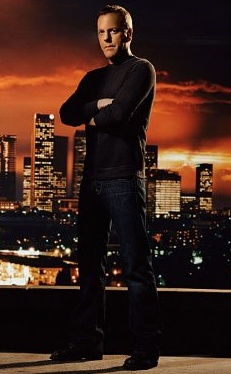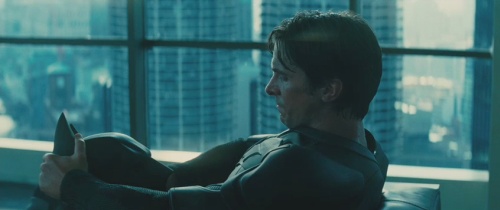Roman Polanski: Wanted and Desired (Marina Zenovich, 2008)
The entry in the Melbourne International Film Festival program for Marina Zenovich’s documentary about the trial of Roman Polanksi for unlawful sex with a thirteen year old girl film poses the question: “Was Polanski guilty, or was it the case of a trial judge seeking personal notoriety?” It’s an idiotic question: of course Polanski was guilty. He plead guilty at the time, has always admitted to having sex with the girl, and there is no suggestion otherwise in the documentary.
This basic fact hangs uneasily over the whole film, and despite it being quite sympathetic to Polanski, there’s little doubt that he wouldn’t relish the case being thrust back into the public eye: I can’t think of anyone else who has been rehabilitated into public life like Polanski has been after such a crime. And while the documentary is entertaining and interesting for its full length, I felt uncomfortable in its first half at the apparent implication that Polanski had in some ways been a victim of the trial process. In the early stretches, Polanski’s difficulties seemed merely to be the expected firestorm of publicity and the obvious problems that would accompany being charged with a serious crime, and I was having trouble making sense of the allusions to Polanksi’s apparently unjust treatment.





